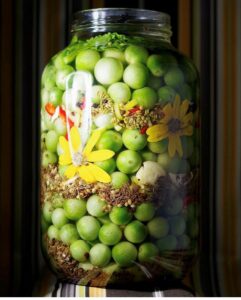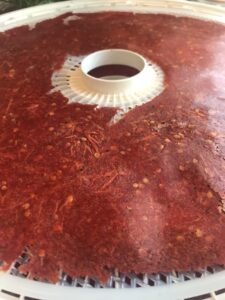
If you spend any amount of time w my friend Heather, you’ll hear her refer to someone and their mad skills, usually referring to their cooking skills. If you have “mad skills’, you can cook just about anything and make it taste good.
We aren’t born with these skills. I’m fortunate enough to have mentors, such as my great-aunt, that love food as much as I do.
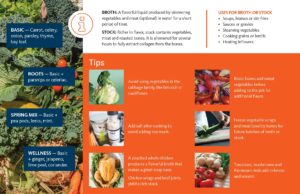
She had a huge bookcase full of cookbooks and we’d read them on lazy Summer days, commenting on what looked good. She was my cooking mentor before OPB and Julia Child. I’ve always loved food and cooking and learning about it, using it in my daily life, and sharing it come easily to me. Do what you love, and the rest will fall into place, right? What if you don’t have a mentor, or someone to share your love of cooking? Well…that’s where we come in. The Master Food Preserver volunteers and staff in Clackamas County wanted to try something new and created skill sheets for folks and the farmers that feed them.
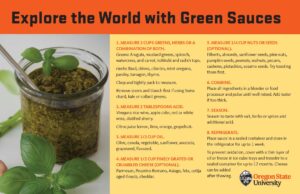
I’ve mentioned our stellar volunteer group. They’ve been patient during the pandemic, asking for ways to participate with the Family and Community Health program when we can’t provide in-person classes. Early this Spring we met via Zoom to discuss ways to support farmers selling their produce. I alluded to it in this post.
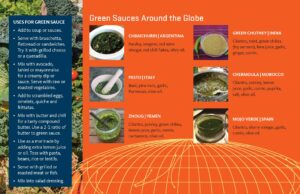
We didn’t want to step on our well-respected peers toes, so we decided to focus on skills. Skill sheets are open-ended so you can apply them to many different foods. It opens up a world of options and decreases food waste. This idea originated with Zenger Farm’s CSA for Prescription Health program.
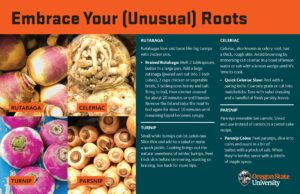
Creating something simple and easy to use is harder than it sounds. These sheets represent months of brainstorming, researching, testing, editing, countless emails, and printing.
Big shout out to all of the Clackamas County volunteers that contributed, (I won’t list them here for privacy reasons), as well as Kelly, my friend and

neighbor Kristina (lady, you have mad editing skills!) and Bryan and the Zenger peeps…y’all are rock stars. Thank you!!
Please, please, please, share. These aren’t meant to be a “best-kept secret”. A downloadable pdf is available on our webpage under Culinary Skill Sheets as well as our social media pages. If you find them useful, or not, please share your (constructive) feedback in the comments.

As always my friends, keep up the good work. You’re doing a great job. I have to remind myself that 100% today may look different from yesterday’s (or tomorrow’s) 100%. Be kind to yourself. It’s been a little rough lately, but as Samwise Gamgee said to Frodo, “There’s some good in this world, Mr Frodo, and it’s worth fighting for.”

Stay curious and be excellent to each other.
Buffy Rhoades| mom. forager. gardener. volunteer turned program assistant. a real busy beaver
![]()
![]()
![]() Healthy Together Newsletter Website
Healthy Together Newsletter Website

